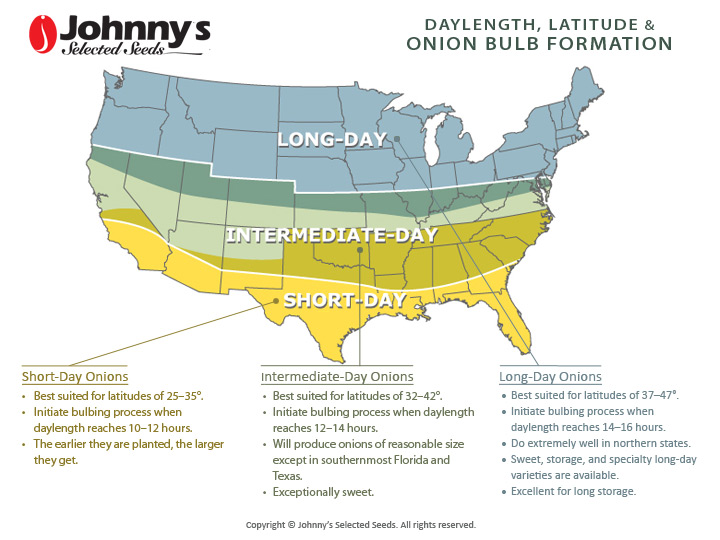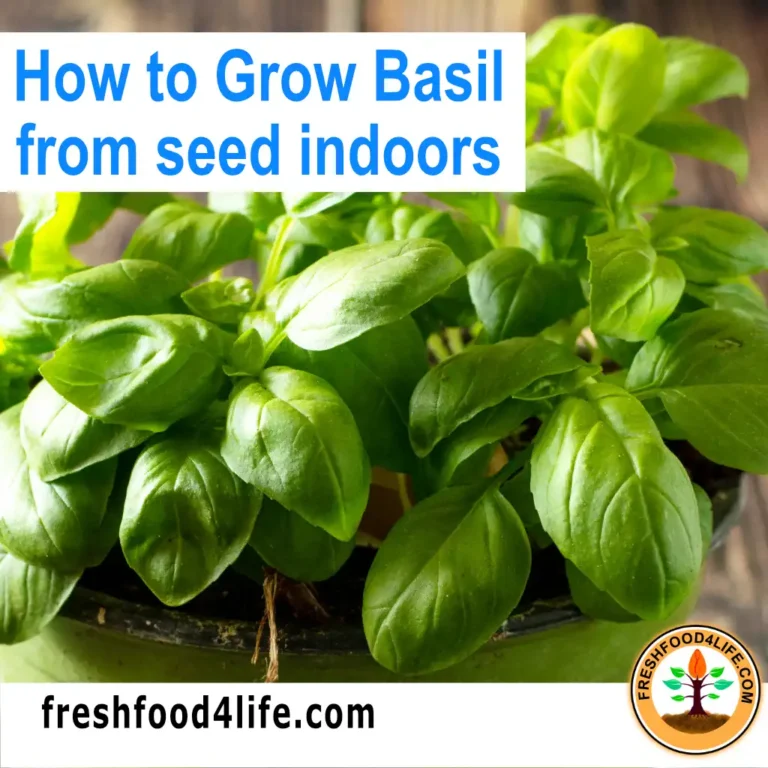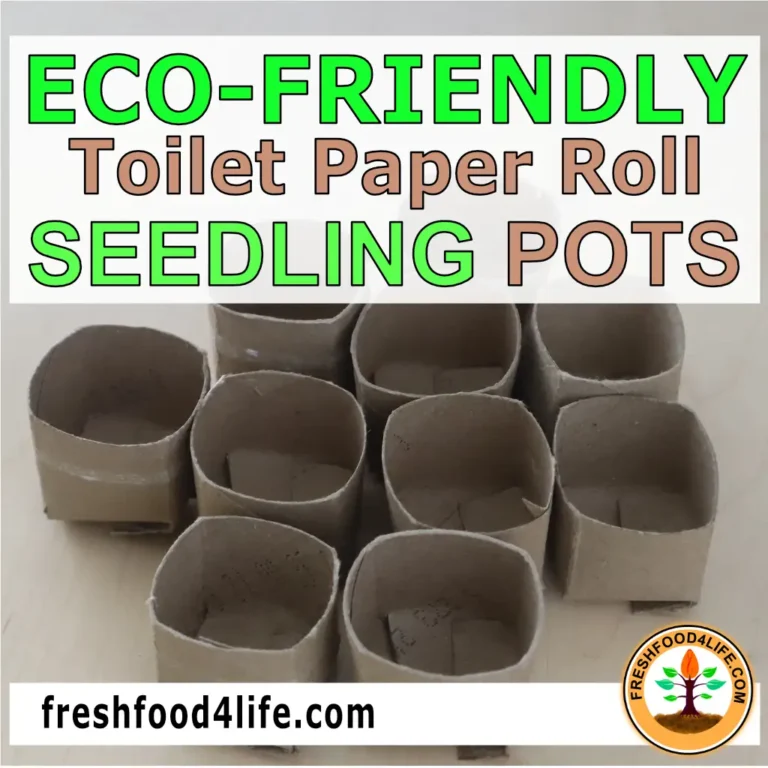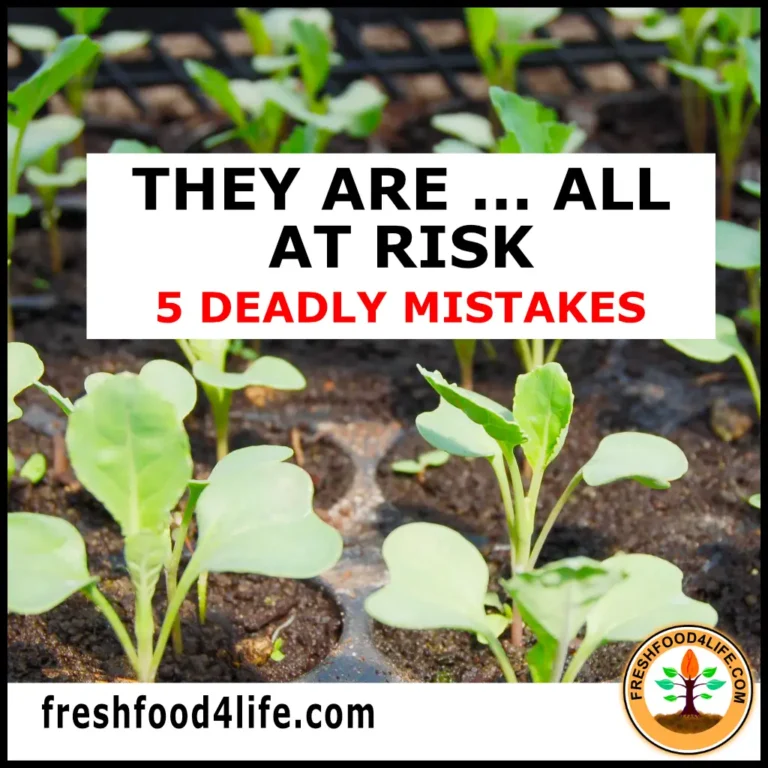Published: January 29, 2025 Last Updated: January 31, 2025
As spring is approaching, it’s seed starting season and for those of you who live in Canada, you might be thinking what to plant in February? Where we live in zone 3, the sun is starting to come out and shine brighter than it’s been since December, which means it’s time to start seeds. In this article, I’ll share 10 crops which you can plant this month. For those of you who live in between zones 4-9, you can plant some if not all the seeds listed in this post. You can watch the video down below, but this post will go into more detail with starting the seeds. Video for stories 🙂
Table of Contents
What To Plant In February?
Seeds To Plant This Month
Onions
Onions are typically the first crop to be planted in February, with onion sets being common, but seeds yield larger onions. It’s crucial to choose the appropriate type of onion—long day, intermediate day, or short day—based on your location’s daylight hours, as they bulb at different times. For example, long day onions are ideal for areas with over 16 hours of daylight during the summer solstice. After selecting the right type, start seeds in a small container, covering them lightly with soil and keeping them moist until germination. When the seedlings reach 4–6 inches, trim the tops gradually to keep them from falling over, until they can be transplanted outdoors when the ground is workable.
You can view the map below to see what type of onion you need to get.

Celery
If you want to grow celery this year, you should plant it this month because celery seeds take long to germinate (2+ weeks) and once they do germinate they grow very slow (140+ days). To start celery, fill a seedling tray with very light potting soil. Then sprinkle 2–5 seeds in each cell, it doesn’t have to be exact because the seeds are so tiny. Don’t cover the seeds with soil as they won’t sprout as well. As the seeds germinate, you always want to make sure to keep the soil moist. It will seem like a hard process, but if you have good quality seeds, it’ll germinate before the 2-week mark.
Tomatoes
The third seed to plant in February is tomato, for those of you in zone 3-5, I would wait until the last week of February to the 2nd week of March to start them, because if you don’t have enough space to keep tall tomato plants (1+ foot), some will get neglected and die (speaking from personal experience).
Tomato seeds are really easy to start. Fill a seedling tray with some light potting soil. In each cell put 1–2 seeds. Cover it lightly with some soil, and you can place it on the heat mat. The heat mat is optional, but it can help speed up and increase germinate rates. Good varieties we like are the Sun Gold, Amy Sugar Gem, Green Doctors, and Brown Sugar tomato.
Hot Peppers
Hot peppers take extremely long to grow, 200+ days from seed to harvest. So it’s best to start them now. To start pepper, fill your tray with some potting soil. Sow 1 seed per hole, occasionally adding 2 in case one doesn’t germinate. Cover lightly with soil and place it on a heat mat. Unlike tomatoes, which can germinate fine without a heat mat, peppers require heat to germinate good. You should expect to see your peppers sprout within 1–3 weeks. Once they reach to 2 inches tall, transplant them into a bigger pot. Keep them under a grow light and a warm area so they will grow faster.
Sweet Peppers
The fifth seed to grow in February is sweet pepper. Sweet peppers take long to grow, but not as long as hot peppers. Starting sweet peppers is the same as starting hot peppers, but they don’t need to be started now if you live in zones 3-5. You can start them in the middle of February to the beginning of March.
Eggplant
The sixth seed to plant in February is eggplant. Eggplant can be started the same time as sweet peppers, as they take around the same days to get a harvest (70+ days). The eggplant seeds are started the same way as the peppers, without any difference.
Asparagus
Asparagus is a crop that will produce for years to come after you plant it. They’re also one of the earliest spring vegetables to produce. Before going to plant asparagus, you want to choose a male asparagus variety, because they will produce more than the female varieties and wouldn’t use its energy to produce red, not-edible berries. There are 2 ways you can plant asparagus, from seeds or crowns. You’ll get asparagus in 3 years when planted from seed and 2 years when planted by crowns.
Rosemary/Lavender
The eight and ninth seed to plant in February is rosemary and lavender. Rosemary takes super long to grow (6-12 months) before you can start picking it. So it’s best to start it early so you’ll have fresh rosemary in the late summer. Start rosemary seeds in some seedling trays. Cover the seeds lightly with soil, it’ll take 2–3 weeks to germinate. Keep the rosemary in bright light until ready to plant outdoors. Lavender can be started the same as rosemary, as they’re very similar.
Potatoes
The tenth seed to plant in February is potato. Potatoes will not be planted in the ground as some may expect. They’re going to be sprouted so it can be planted later. You want to start sprouting seed potatoes around 1 month before your last frost date. Sprouting potatoes instead of planting them will give you a head start on the potato growing season. I’ve gone in great depth on what to do in the video below.
Seeds Not To Plant This Month
Cucumbers
The first plant not to start in February is cucumber. Cucumber shouldn’t be started this month because they grow very fast from seed. If you start it now, cucumbers will suffer, grow extremely long and just won’t be healthy. Instead, cucumbers should be started 3 weeks before your last spring frost date.
Squash, Melons & Pumpkins
Squash, melons and pumpkins are in the same family as cucumbers (curcubits), so they shouldn’t be planted now as well.
Beans
Beans shouldn’t be planted now because they also grow very fast once germinated. So, beans should be started 1 week before your last spring frost date.
Watch The Video Instead
Final Thoughts
Now you don’t need to think about what to plant in February. Hopefully this post helps you out to know what crops you can and cannot start this month. Since you’re going to start these plants now, you have to make sure they don’t die due to a big mistake. Legginess. You can read more about preventing legginess in seedlings here –> Leggy Seedlings: Quickly REVERSE, FIX & SAVE them before they die.



